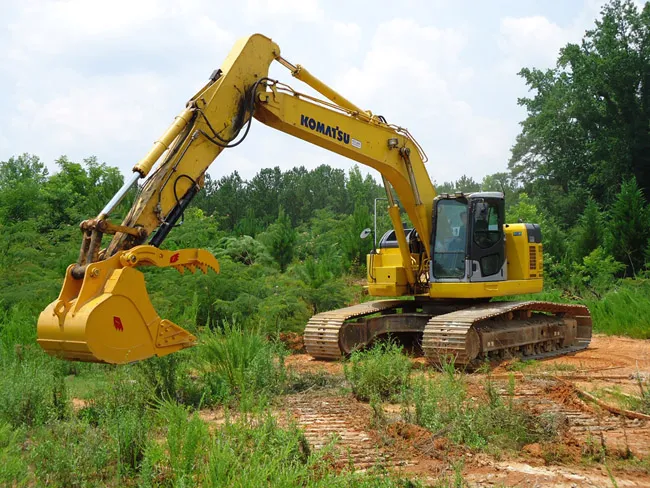
The thumbs allow operators to move from one application to another, such as moving dirt or material, without changing attachments. This versatility is said to increase efficiency for a variety of applications, including land clearing, site preparation, demolition and recycling.
Solesbee’s says that it engineers its thumbs with efficiency and safety in mind. The company works closely with customers to ensure each model is optimised for the excavator bucket and/or coupler, boosting versatility and extending the longevity of the thumbs.
The unit allows operators to grip materials of all sizes that a bucket cannot handle alone and generally require a significant amount of time for clearing. Contractors can grab and place materials, including trees, pipes, rocks and scrap materials, then fold the thumb down to use the bucket. The attachment can also remain on the carrier during other operations.
A skilled welder can attach the thumb to the bucket and book arm or bucket and coupler in roughly two hours. Solesbee’s manufactures the thumbs with high-quality alloy steel to withstand the demanding conditions of jobsites.









